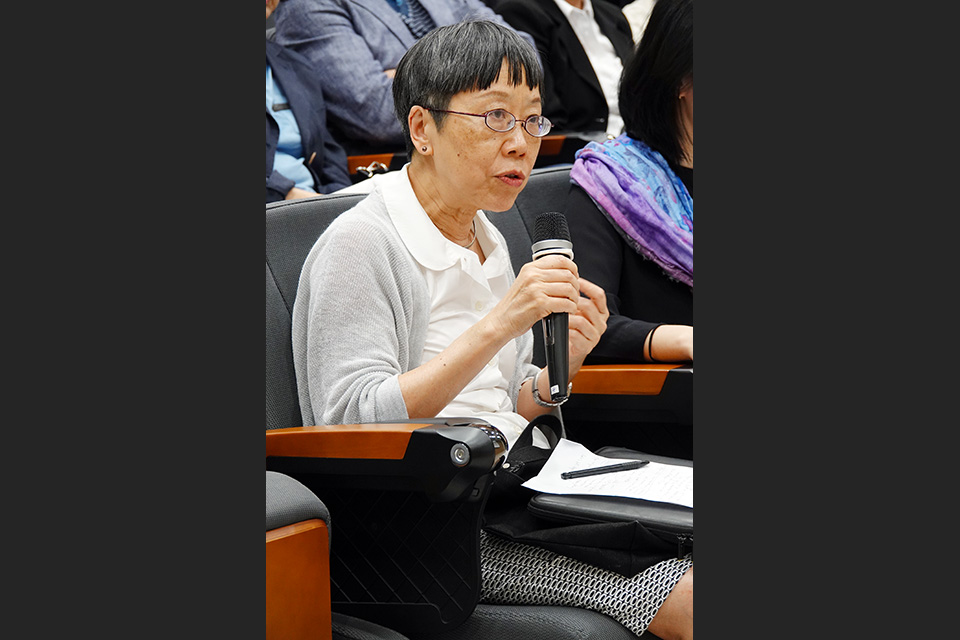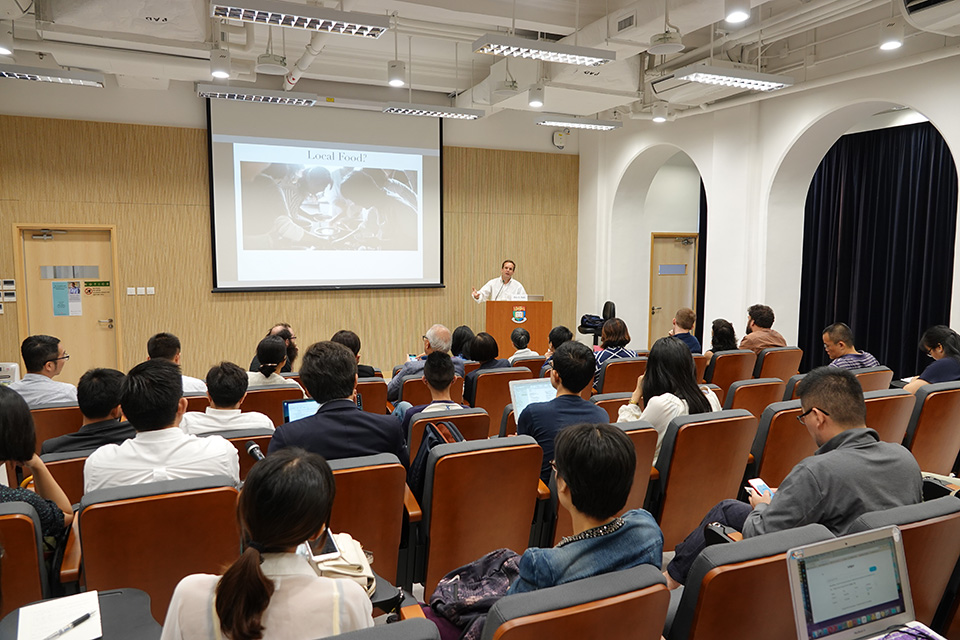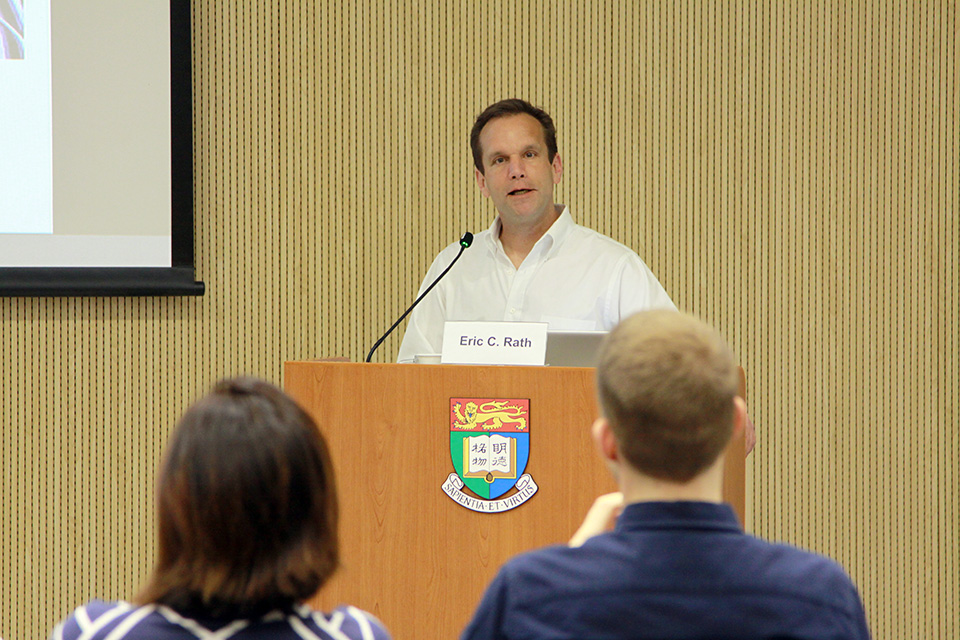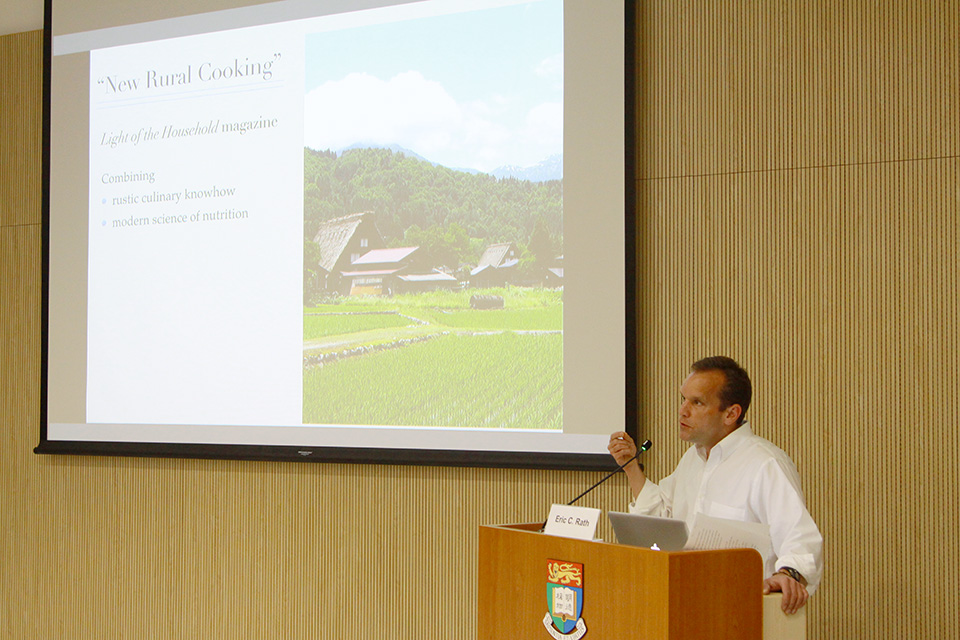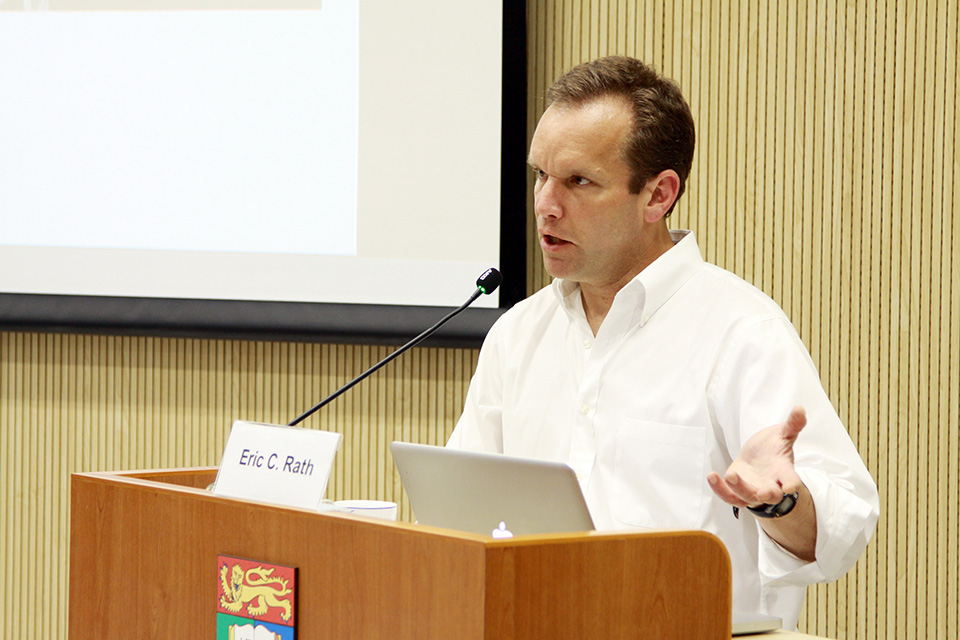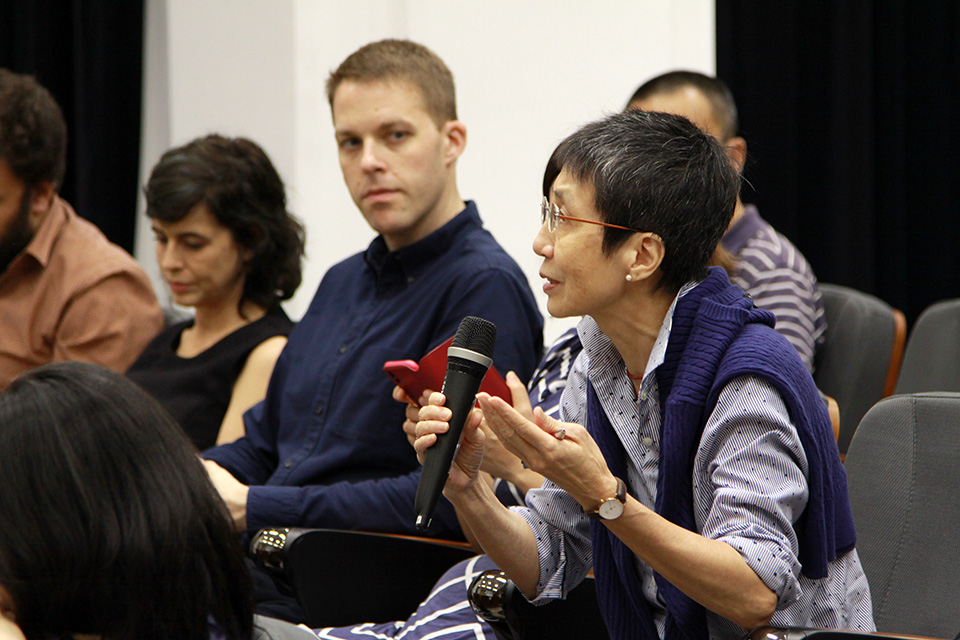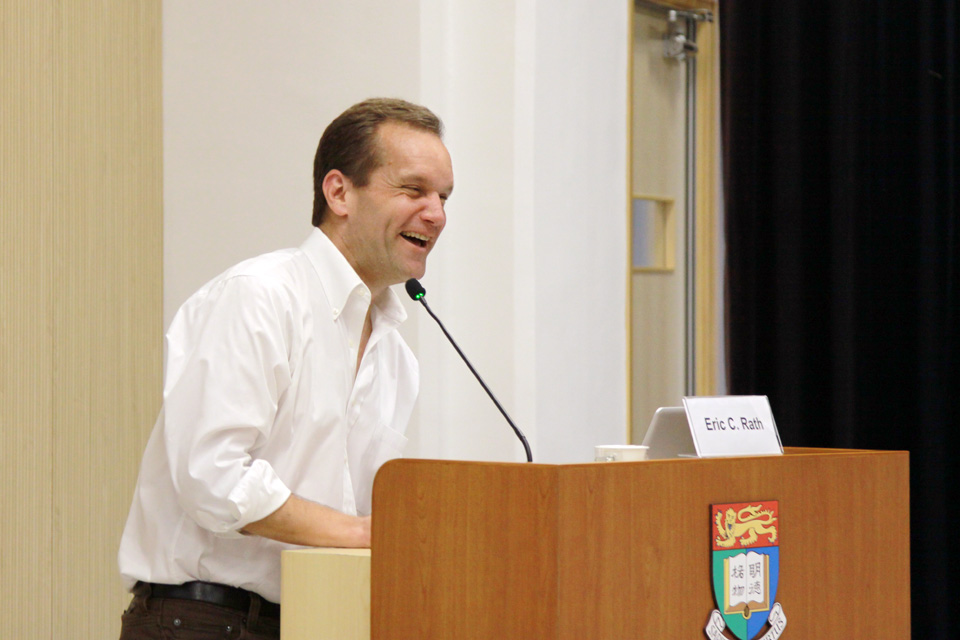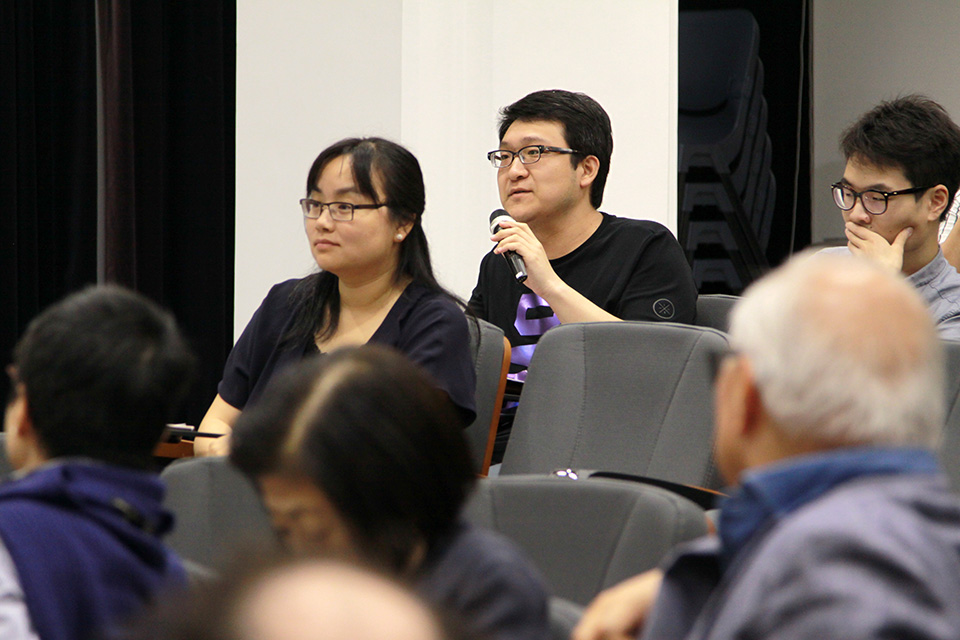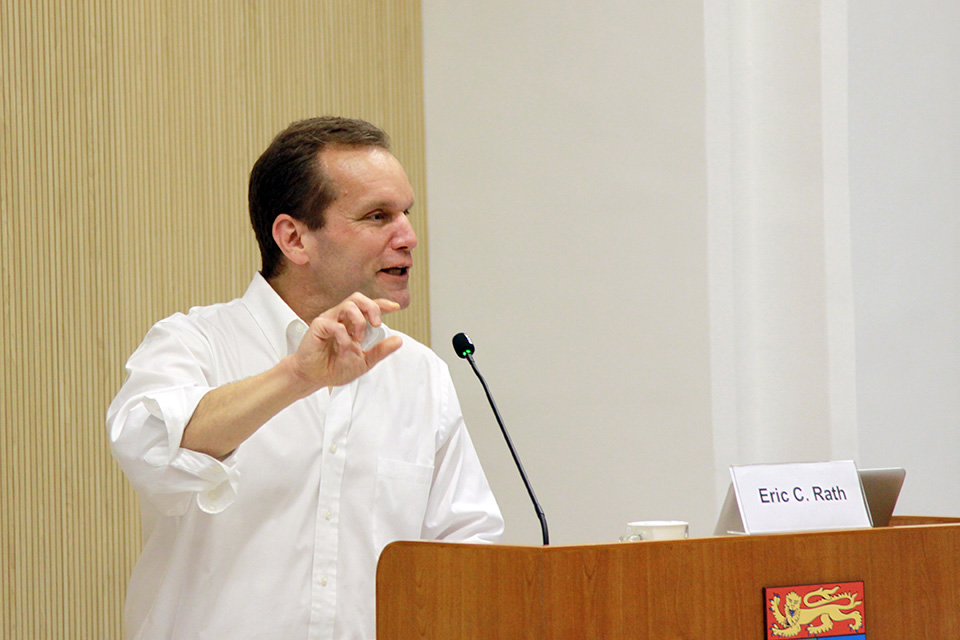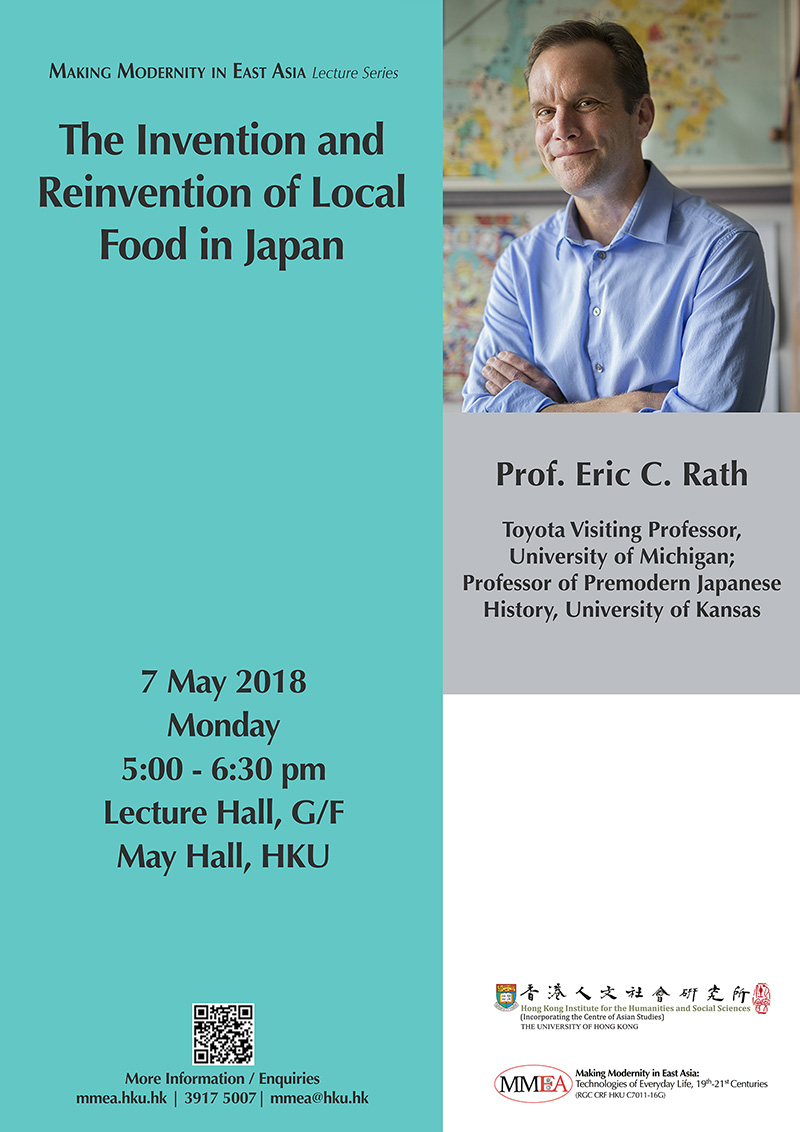Abstract
In December 2013 UNESCO added “traditional dietary cultures of the Japanese” (washoku) to its list of Intangible Cultural Heritage. Integral to the definition of washoku is the use of “locally sourced ingredients,” and regional cuisines are often cited as prime examples of washoku, suggesting the diversity of Japan’s dietary cultures. Efforts to describe national food preferences by incorporating provincial examples are neither new nor unique to Japan, but the Japanese case as demonstrated by major ethnographic studies undertaken before, during, and after the Second World War have left local dietary culture surprisingly undefined except in the ways that it can be mobilized to support the policy aims of the central government. The regional diets represented in these ethnographic studies reveal more about how culinary boundaries have been superimposed by the central government rather than how variations in eating habits stem from local geography and culture. Consequently, the conspicuous role of the central government in the process of defining local food in Japan offers a counter example to the cases of India and Italy, where Arjun and Appadurai and Massimo Montanari contend that premodern regional cuisines contributed to the rise of a national cuisine. The opposite situation occurred in modern Japan where dominant definitions of national cuisine shaped the meaning of local food.
About the Speaker

Eric C. Rath is Toyota Visiting Professor at the Center for Japanese Studies in the University of Michigan and professor of premodern Japanese history at the University of Kansas. A specialist in Japanese cultural history, especially Japanese foodways, his publications include Japan’s Cuisines: Food, Place, and Identity (2016) and Food and Fantasy in Early Modern Japan (2010).
Photo Highlights
